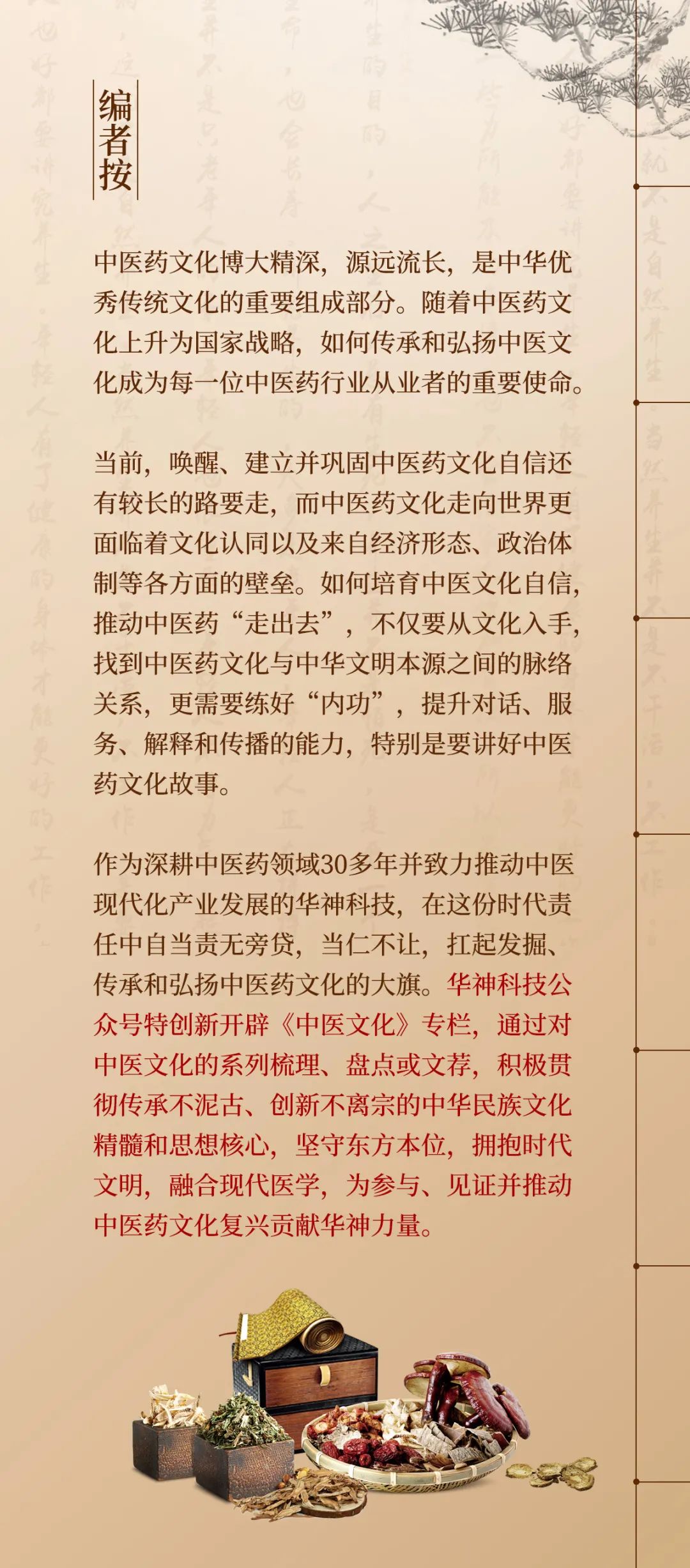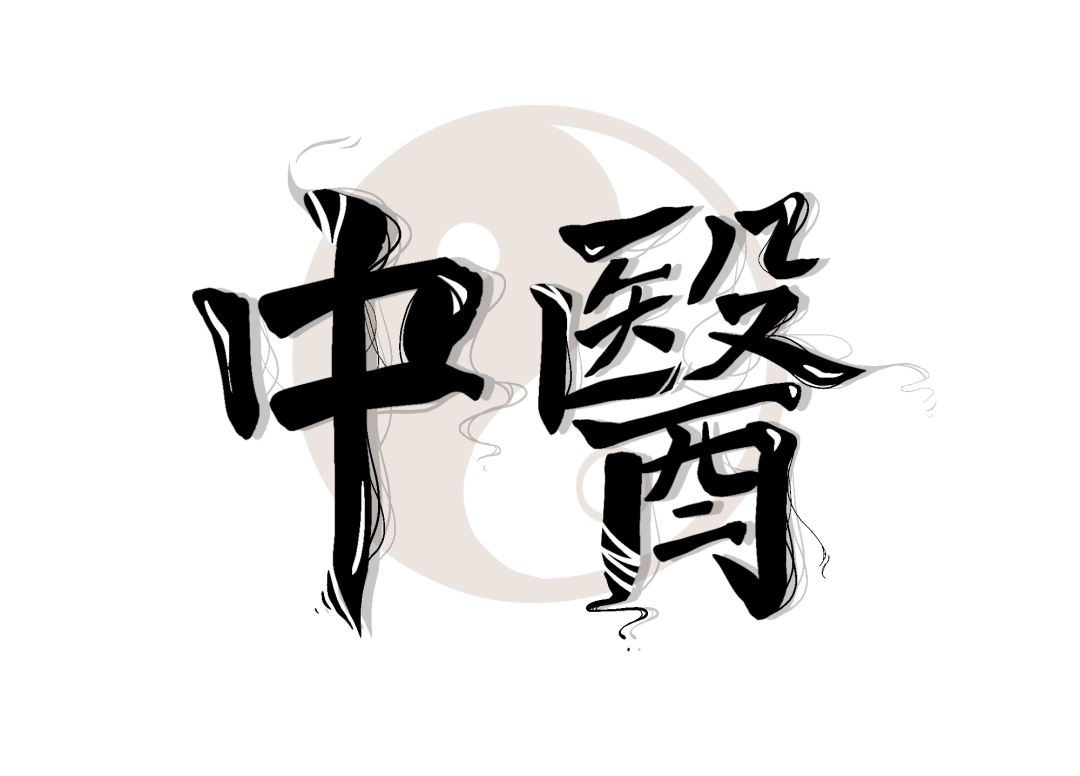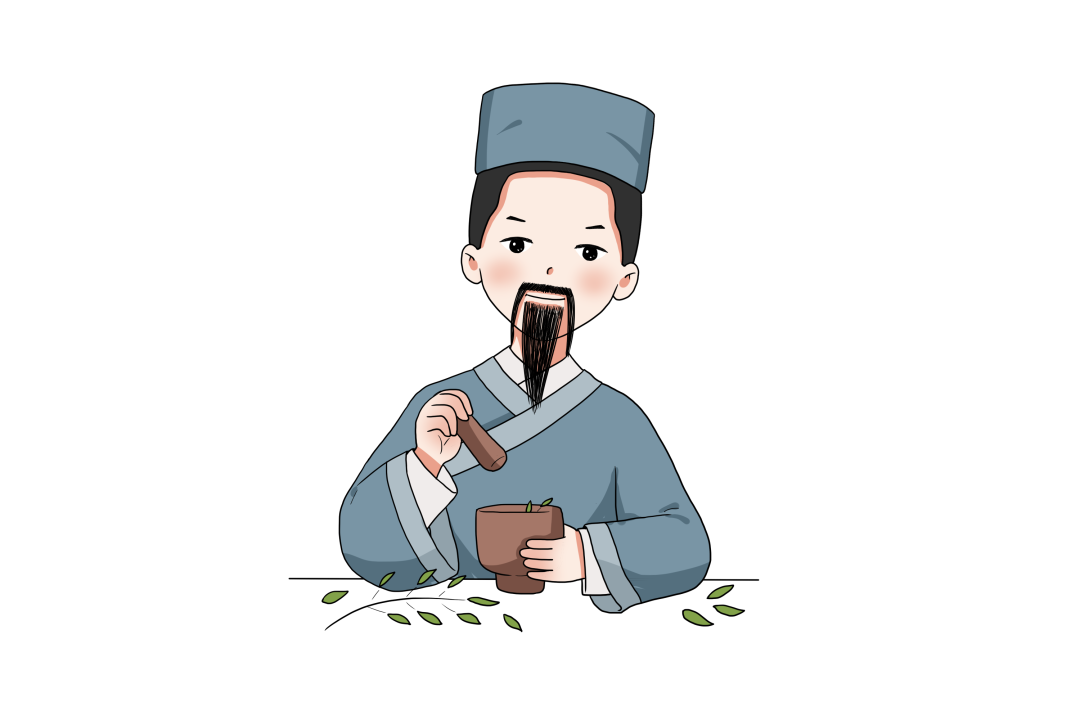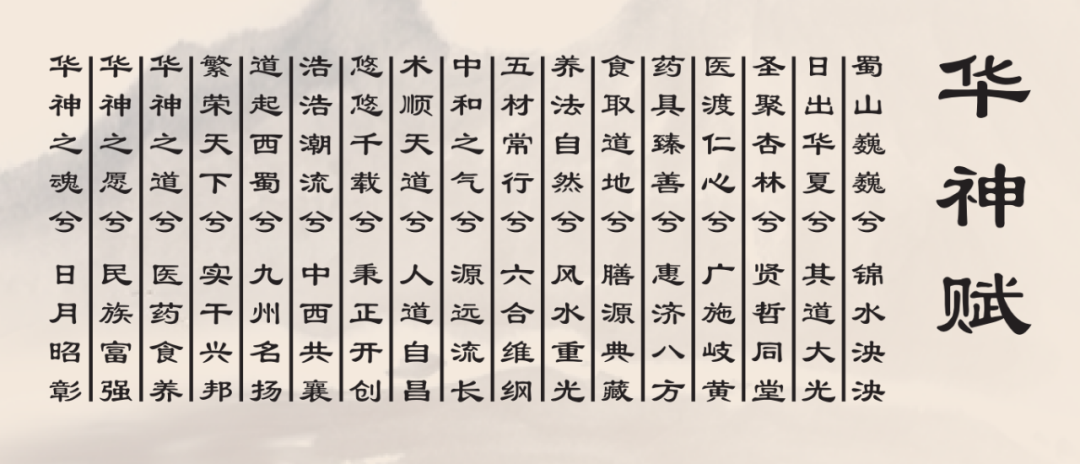
Today we present the tenth article in the series:
 The Eight Fundamental Theories of TCM: The Five Zang and Six Fu
The Eight Fundamental Theories of TCM: The Five Zang and Six Fu
The term “Zang-Fu” refers to the internal organs of the human body. According to TCM, Zang-Fu are categorized into three types based on their physiological functions and structural characteristics: the Five Zang, the Six Fu, and the Extraordinary Fu. The Five Zang are the heart (xin), lungs (fei), spleen (pi), liver (gan), and kidneys (shen); the Six Fu are the gallbladder (dan), stomach (wei), small intestine (xiao chang), large intestine (da chang), bladder (pang guang), and san jiao (triple burner); the Extraordinary Fu include the brain (nao), marrow (sui), bones (gu), vessels (mai), gallbladder (dan), and uterus (nu zi bao). This article primarily discusses the Five Zang and Six Fu.
The Five Zang are primarily solid organs, and their common physiological function is to transform and store vital essence (jing). Their functional characteristics can be summarized as “storing without leaking” and “full but not overfilled”. In the theory of meridians, the pericardium (xin bao) is also considered a Zang, hence the term “Six Zang”. Each of the Five Zang has its own physiological characteristics and functions, working together in coordination, with the heart as the ruler, forming a harmonious and unified whole.
The Six Fu are primarily hollow organs, and their common physiological function is to receive and transport food and fluids. The functional characteristics of the Six Fu can be summarized as “discharging without storing” and “full but not overstuffed”. The treatment principle for the Six Fu is “to use passage for function and descent for order”.
The human body centers around the Five Zang, in conjunction with the Six Fu, using essence, qi, blood, and body fluids as the material foundation, establishing close connections among the Zang-Fu through the meridians, forming an organic whole. Beyond their structural connections, the Zang-Fu also have physiological relationships characterized by mutual restriction, interdependence, cooperation, and mutual assistance.
1. The Five Zang
(1) Heart (xin): Located in the thoracic cavity, above the diaphragm, protected by the pericardium. In the Five Elements, the heart belongs to fire, representing the most yang aspect, hence referred to as the “yang organ” or “fire organ”. It governs life activities and is known as the “ruler of the organs”, “source of life”, and “the great master of the Five Zang and Six Fu”. The heart governs blood vessels and houses the spirit (shen). The heart’s vessels must be unobstructed, and the heart spirit must be clear. The heart is paired with the small intestine (xiao chang).
(2) Lungs (fei): Located in the thoracic cavity, one on each side, positioned highest in the body, connected to the trachea, and opening to the throat. In the Five Elements, the lungs belong to metal, known as the “canopy of flowers”, “delicate organ”, and “official of assistance”. The lungs govern qi, control respiration, and regulate water, connecting to all vessels and governing the regulation of the body. The lungs must maintain clarity and normal function of dispersing and descending. The lungs are paired with the large intestine (da chang).
(3) Spleen (pi): Located in the middle jiao, beneath the diaphragm, in the upper abdomen. In the Five Elements, the spleen belongs to earth, known as the “official of granaries”, “source of postnatal vitality”, and “source of qi and blood transformation”. The spleen governs transformation and transportation, regulates blood, prefers dryness, and dislikes dampness, with its qi primarily ascending. The spleen is paired with the stomach (wei).
(4) Liver (gan): Located in the abdominal cavity, beneath the diaphragm, within the right hypochondrium. In the Five Elements, the liver belongs to wood, its qi is primarily ascending and active, referred to as the “sturdy organ” and “official of the general”. The liver governs the smooth flow of qi and stores blood. The liver is paired with the gallbladder (dan).
(5) Kidneys (shen): Located on both sides of the lumbar spine. The lower back is the residence of the kidneys. In the Five Elements, the kidneys belong to water, known as the “source of pre-natal vitality”, “foundation of yin and yang of the Five Zang”, and “source of storage”, also referred to as the “water organ”. The kidneys store essence, govern water, regulate qi, and control storage. The kidneys are paired with the bladder (pang guang).

2. The Six Fu
(1) Gallbladder (dan): Located in the abdominal cavity, beneath the right hypochondrium, adjacent to the liver’s small lobe. The gallbladder and liver are interconnected through meridians, forming a paired relationship. The gallbladder is a hollow sac-like organ that stores bile, known as the “official of central essence”, “house of purity”, and “house of clarity”. The gallbladder aids in digestion by secreting bile. The gallbladder governs decision-making.
(2) Stomach (wei): Located in the upper abdominal cavity, connecting to the esophagus above and the small intestine below, known as the “great granary” and “sea of food and fluids”. The stomach and spleen are interconnected through meridians, forming a paired relationship. The stomach’s physiological function is to receive and digest food and fluids, and it governs descent. Its physiological characteristic is a preference for moisture and aversion to dryness.
(3) Small Intestine (xiao chang): Located in the abdomen, connecting to the stomach at the pylorus and to the large intestine at the ileocecal junction. The small intestine and heart are interconnected through meridians, forming a paired relationship. The small intestine’s physiological function is to receive and transform substances, separating the clear from the turbid.
(4) Large Intestine (da chang): Located in the abdomen, connecting to the small intestine at the ileocecal junction and to the anus at its lower end. The large intestine and lungs are interconnected through meridians, forming a paired relationship. The large intestine’s physiological function is to transform waste and absorb body fluids.
(5) Bladder (pang guang): Located in the lower abdomen. The bladder and kidneys are interconnected through meridians, forming a paired relationship. The bladder’s physiological function is to store body fluids and excrete urine.
(6) San Jiao (triple burner): The concept of San Jiao has two meanings. One refers to one of the Six Fu, generally considered to be a large organ distributed in the thoracic and abdominal cavities, the largest among the Zang-Fu, also known as the “lonely residence”. The San Jiao is interconnected with the pericardium through the hand Shaoyang San Jiao meridian and the hand Jueyin pericardium meridian. The second meaning refers to the division of the body into upper, middle, and lower parts, collectively known as the San Jiao. The physiological function of the San Jiao is to facilitate the movement of yuan qi (original qi) and the circulation of water and fluids.



Produced by | Group Brand Management Department
Source | Content compiled from the TCM Development Think Tank and others
Edited by | Chen Fei, Zhou Zhengshu

